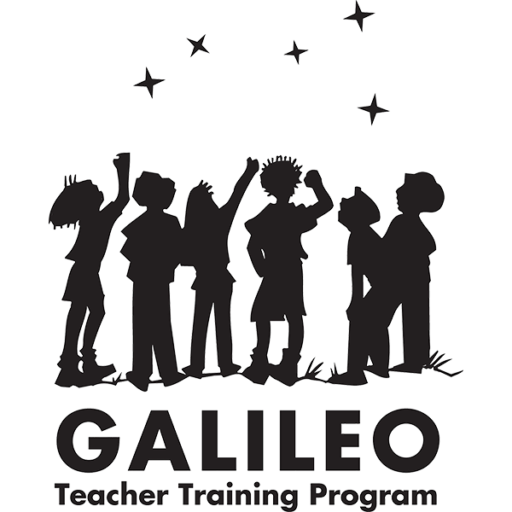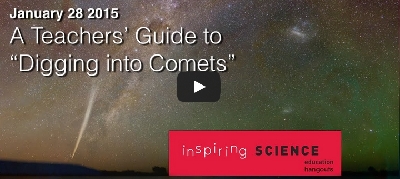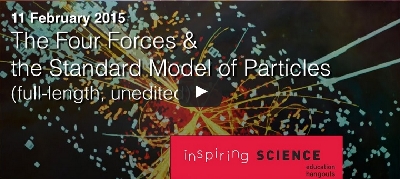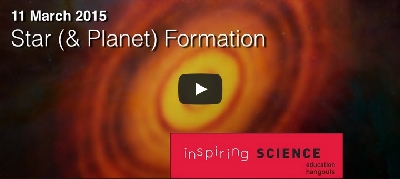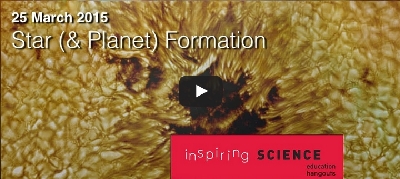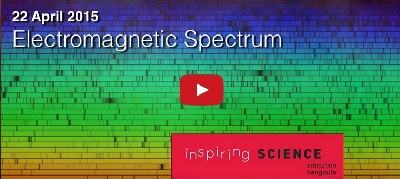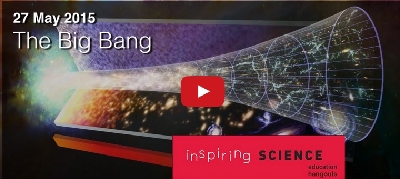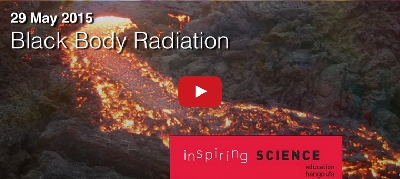Inspiring Science Education (2015)

GTTP is partnering with the Inspiring Science Education program to create a series of professional development activities designed to help teachers and educators to learn and create resources on big topics in Astronomy and Planetary Science. The series is supported by Ellinogermaniki Agogi and NUCLIO in the framework of the European Science Education Academy and the Galileo Teacher Training Programme. Hangouts are hosted by Dr Pamela L Gay.
As part of this initiative, we invite you to work along with us to create educational materials – learning scenarios – that are customized to the needs of classrooms like yours. As a reward for your efforts, we are integrating with the Credly badging system to offer you a small reward that you can showcase here and through your social networks.
Download the ‘Inspiring Science Education Teacher Guide‘ to start with.
List of Hangouts and Lessons:
List of Hangouts and Lessons:
The solar system is littered with Ice. The bulk of this material orbits quietly in the outer Solar System, but sometimes, something disturbs the ice and then comes plunging in toward the Sun. In this Hangout, we discuss comets, how we explore them, and how they brought water to worlds like Earth. Streamed live on 14 Jan 2015 ‘Chasing Comets’ touched base on the topic.
ISE Community:
http://portal.opendiscoveryspace.eu/community/chasing-comets-774702
Learning Scenario:
http://portal.opendiscoveryspace.eu/edu-object/digging-comets-821776
The solar system is littered with Ice. The bulk of this material orbits quietly in the outer Solar System, but sometimes, something disturbs the ice and the come plunging in toward the Sun. In this Hangout, we will discuss comets, how we explore them, and how they brought water to worlds like Earth. Streamed live on 28 Jan 2015 part two of ‘Chasing Comets’ touched base on the topic.
ISE Community:
http://portal.opendiscoveryspace.eu/community/chasing-comets-774702
Learning Scenario:
http://portal.opendiscoveryspace.eu/edu-object/digging-comets-821776
The Four Forces & the Standard Model of Particles
Everything in our universe is made up of a very small number of particles and is controlled by just four forces. In this Hangout the expert panel discusses these basic building blocks of everything.
ISE Community:
http://portal.opendiscoveryspace.eu/community/four-forces-standard-model-particles-805486
Learning Scenario:
http://portal.opendiscoveryspace.eu/edu-object/four-forces-standard-model-820197
Our universe started as a fog of particles, but slight variations in density allowed the formation of stars, galaxies, and the universe’s large-scale structures. In this Hangout, we discuss early structure formation and fast forward to today’s stars with planets.
ISE Community:
http://portal.opendiscoveryspace.eu/community/star-and-planet-formation-819790
Learning Scenario:
http://portal.opendiscoveryspace.eu/edu-object/star-planet-formation-820502
The Earth is warm because energy created in the core of the Sun is able to travel from its core to its surface and then shine through space all the way to Earth. As it travels, the light is transformed from deadly high-energy particles to the nice warm light that keeps us alive. In this hangout, we discuss the primary ways energy is transported: convection, conduction, and radiation.
ISE Community:
http://portal.opendiscoveryspace.eu/community/stars-and-energy-transport-819791
Learning Scenario:
http://portal.opendiscoveryspace.eu/edu-object/stars-and-energy-transport-821798
Today, we are able to study the universe in many colors that can’t be seen with our eyes. From detecting X-rays to listening to the radio universe, we are able to use digital detectors to “see” hidden aspects of distant objects. In this Hangout, we will review the electromagnetic spectrum. Inspiring Science Education hangout on 22 April 2015 discussed ‘Electromagnetic Spectrum’.
ISE Community:
http://portal.opendiscoveryspace.eu/community/electromagnetic-spectrum-819796
Learning Scenario:
http://portal.opendiscoveryspace.eu/edu-object/electromagnetic-spectrum-830504
The solar system is littered with Ice. The bulk of this material orbits quietly in the outer Solar System, but sometimes, something disturbs the ice and the come plunging in toward the Sun. In this Hangout, we will discuss comets, how we explore them, and how they brought water to worlds like Earth. Streamed live on 28 Jan 2015 part two of ‘Chasing Comets’ touched base on the topic.
ISE Community:
http://portal.opendiscoveryspace.eu/community/chasing-comets-774702
Learning Scenario:
http://portal.opendiscoveryspace.eu/edu-object/digging-comets-821776
We can’t observe how the universe formed, but scientists are still willing to say that we know the universe was created through a Big Bang. In this hangout, you learn the three main lines of evidence for the Big Bang: the expanding universe, the Cosmic Microwave Radiation, and the mixture of chemical elements.
ISE Community:
http://portal.opendiscoveryspace.eu/community/big-bang-830968
Learning Scenario:
http://portal.opendiscoveryspace.eu/edu-object/big-bang-831001
As children, we’re taught to paint cold things blue and hot things red. In science, we learn that blue things are actually far hotter than red things! In this Hangout, we will learn how hot objects radiate energy as light of many colors following what is called a black body curve.
ISE Community:
http://portal.opendiscoveryspace.eu/community/black-body-radiation-830398
Learning Scenario:
http://portal.opendiscoveryspace.eu/edu-object/electromagnetic-spectrum-830504
How to earn badges:
-
- Register on GTTP website and on the Discover the COSMOS Community on the ISE website (using the same name and email address).
- Once registered, you will receive email from GTTP and ISE. Please confirm your accounts.
- Join our live Google Hangouts on Air or watch the archived videos shown above.
- After watching the hangout, head over to Discover the COSMOS Community at ISE.
- Select the relevant sub-community related to the hangout you followed.
- Download the related scenario template, edit it to better suit your needs, and upload it to ISE website.
- Once your uploaded materials are accepted, you will get a badge and a certificate via email within a week.
- Register on GTTP website and on the Discover the COSMOS Community on the ISE website (using the same name and email address).
List of badges:
Have questions? Email us at info@galileoteachers.org
